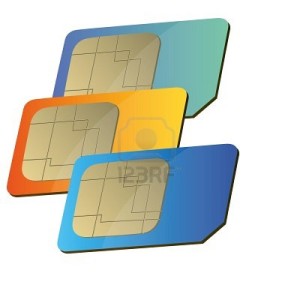 The GSMA is the international organization that’s in charge of the global wireless standard GSM and its offshoots like LTE; if your phone (or tablet) uses a SIM card, it’s running GSM. It’s also the group that runs next week’s Mobile World Congress.
The GSMA is the international organization that’s in charge of the global wireless standard GSM and its offshoots like LTE; if your phone (or tablet) uses a SIM card, it’s running GSM. It’s also the group that runs next week’s Mobile World Congress.
There are two problems with SIM cards: they’re huge for electronic components, and they’re tied to specific carriers. In advance of Mobile World, GSMA announced the first deployment of eSIMs, programmable SIM cards that let you switch carriers and that are 90 percent smaller than existing cards.
The first product to use an eSIM will be the Samsung Gear S2 Classic 3G (now there‘s a catchy name) smartwatch, due in March. Using an eSIM, which does not need to be replaced, means that designers can bury the card in the device’s circuitry and not have to worry about SIM drawers or loose connections. And simpler/smaller designs makes it easier to make wearables that can talk directly to a GSM network, rather than using a smartphone as an intermediary.
The Verge says there will be another eSIM spec in June that will include smartphones, which will be able to contain multiple carrier profiles. (The wearables spec can only deal with one carrier at a time.) It also points out that Apple, which has been using a non-carrier-specific SIM in its iPads, isn’t a formal partner but was apparently involved in the discussions that led to the spec.